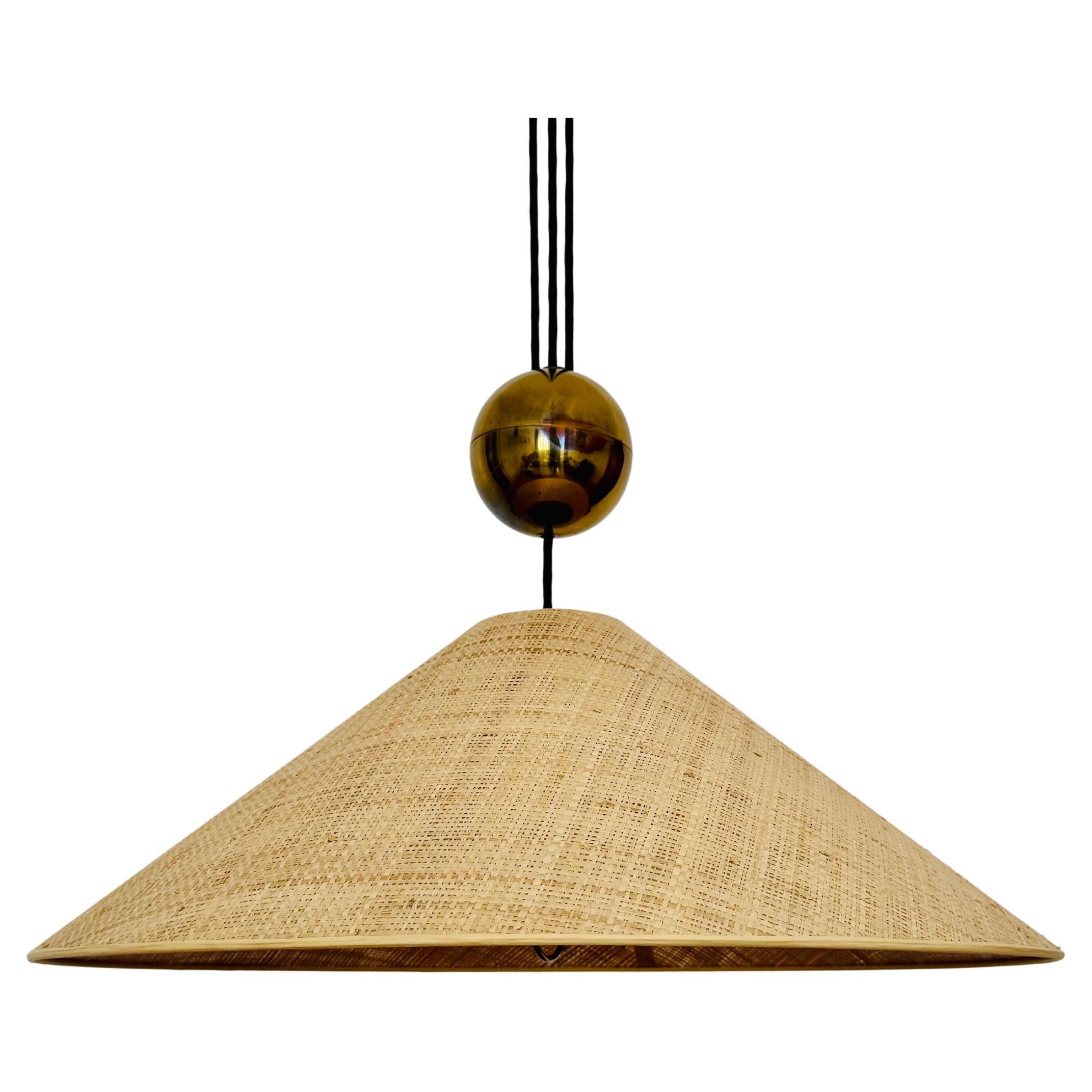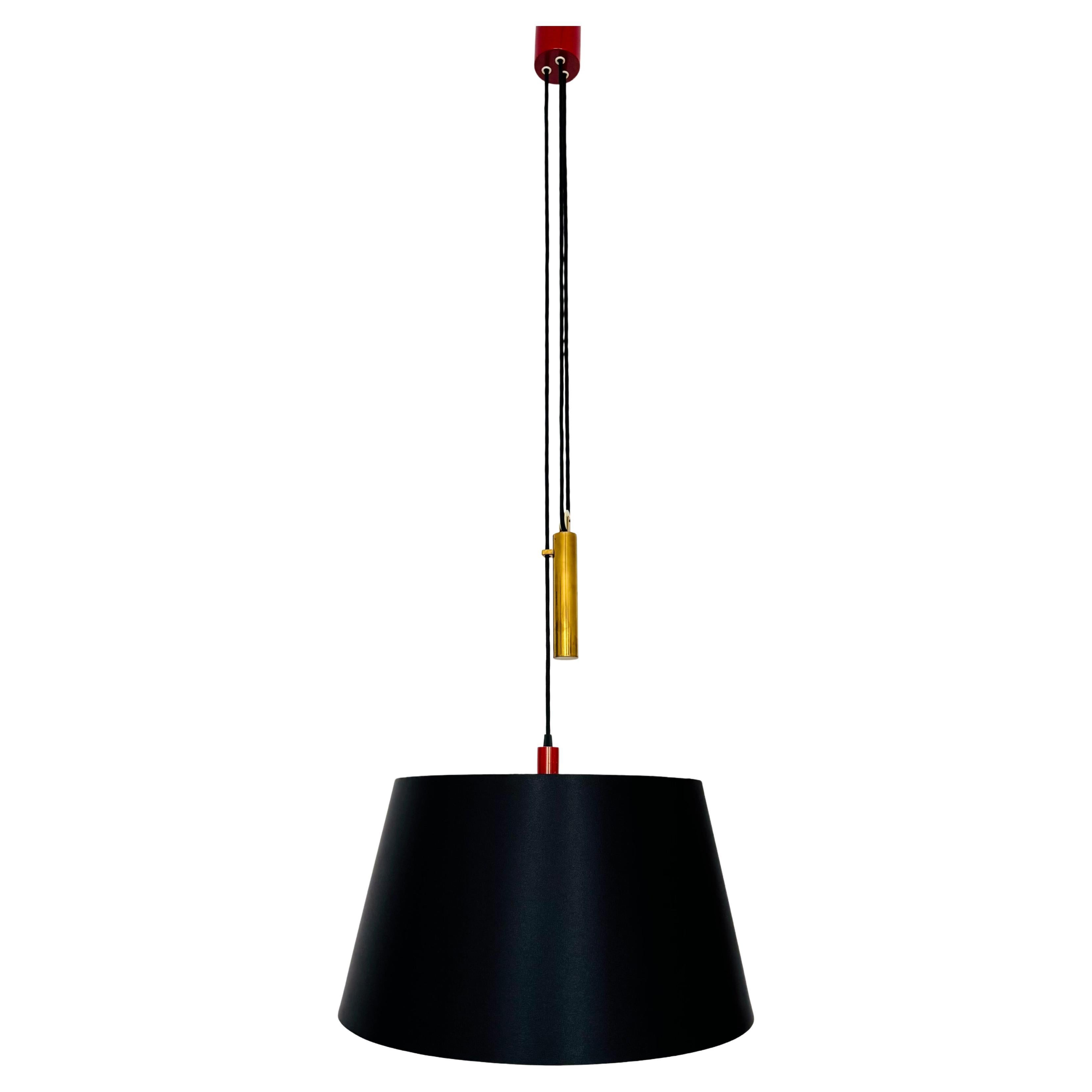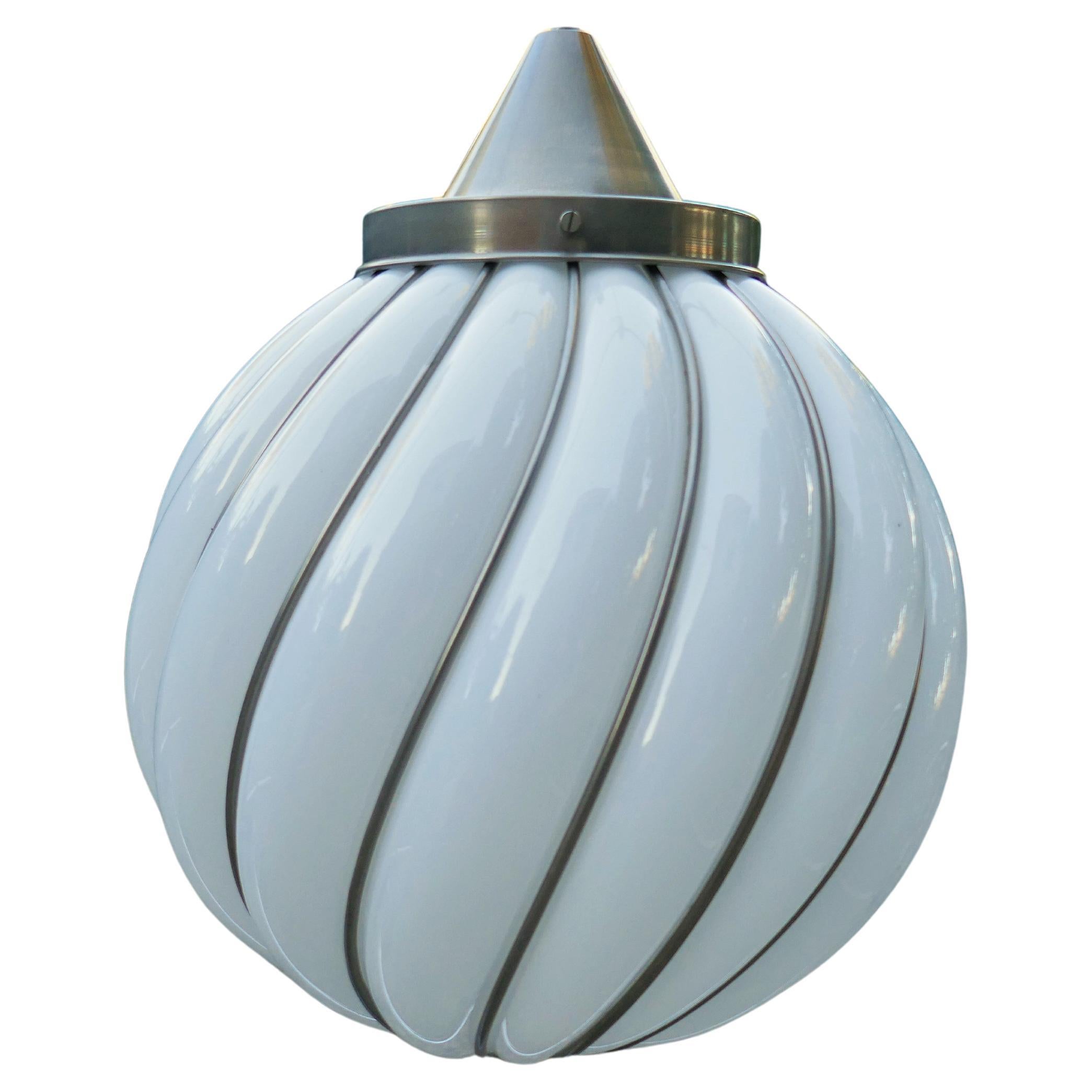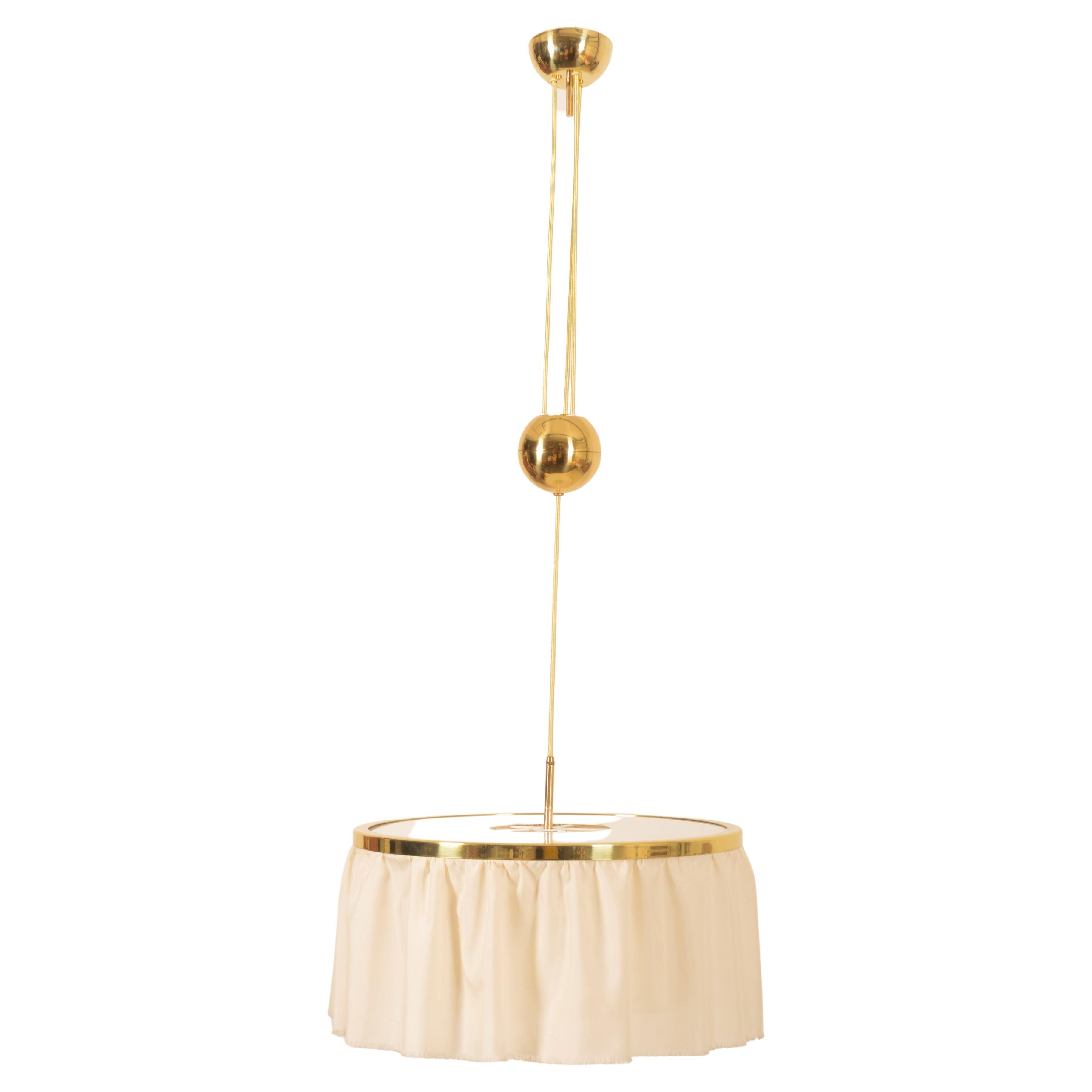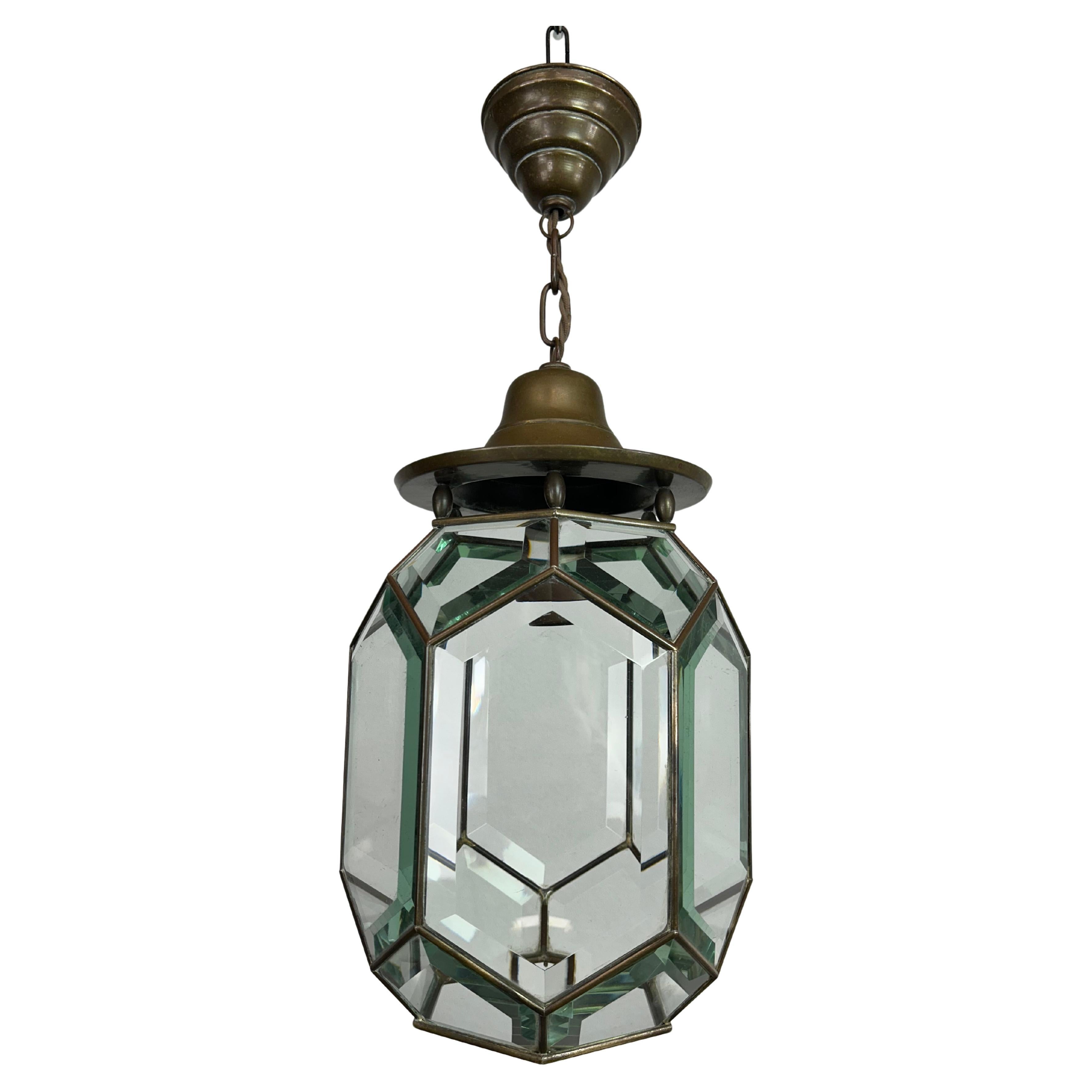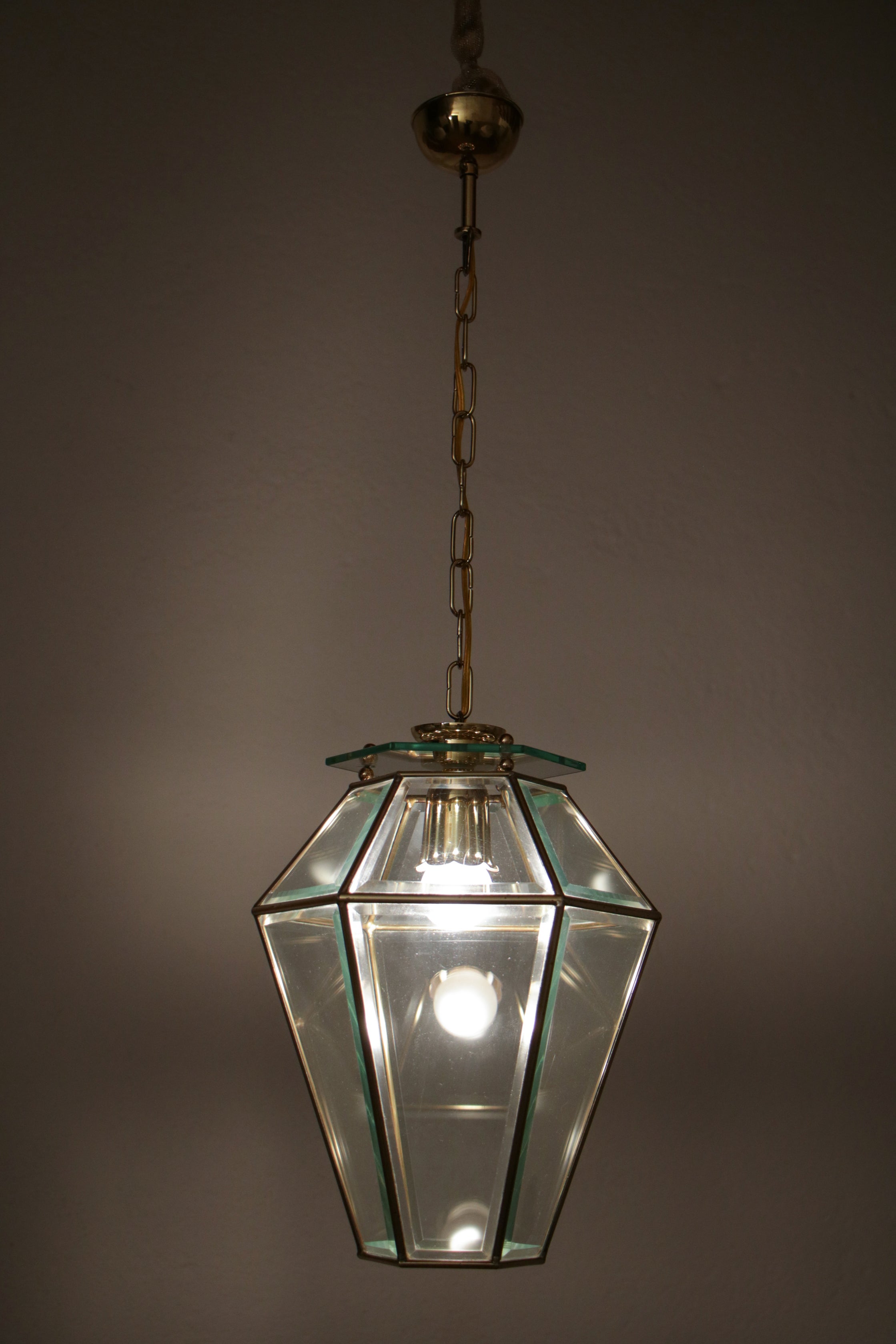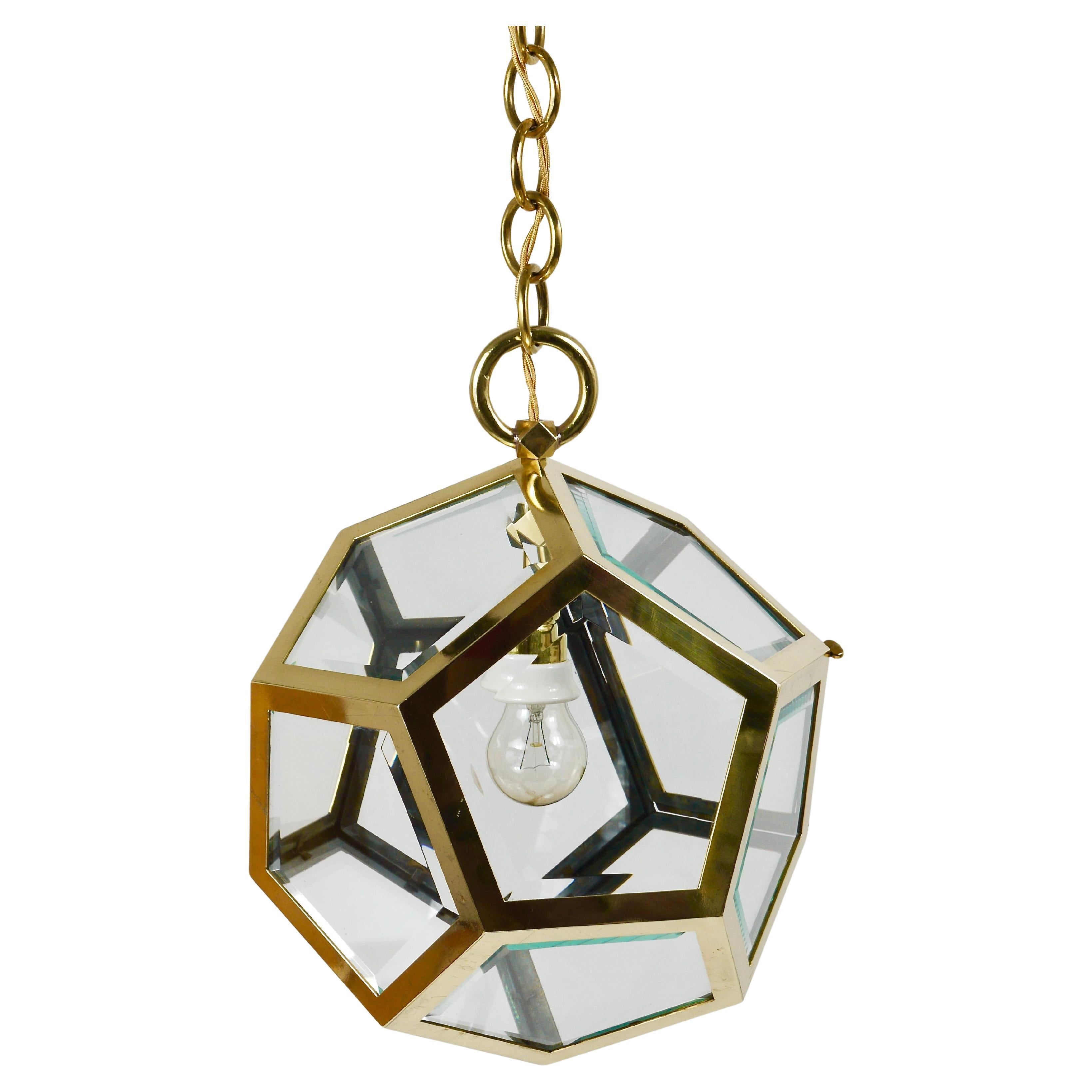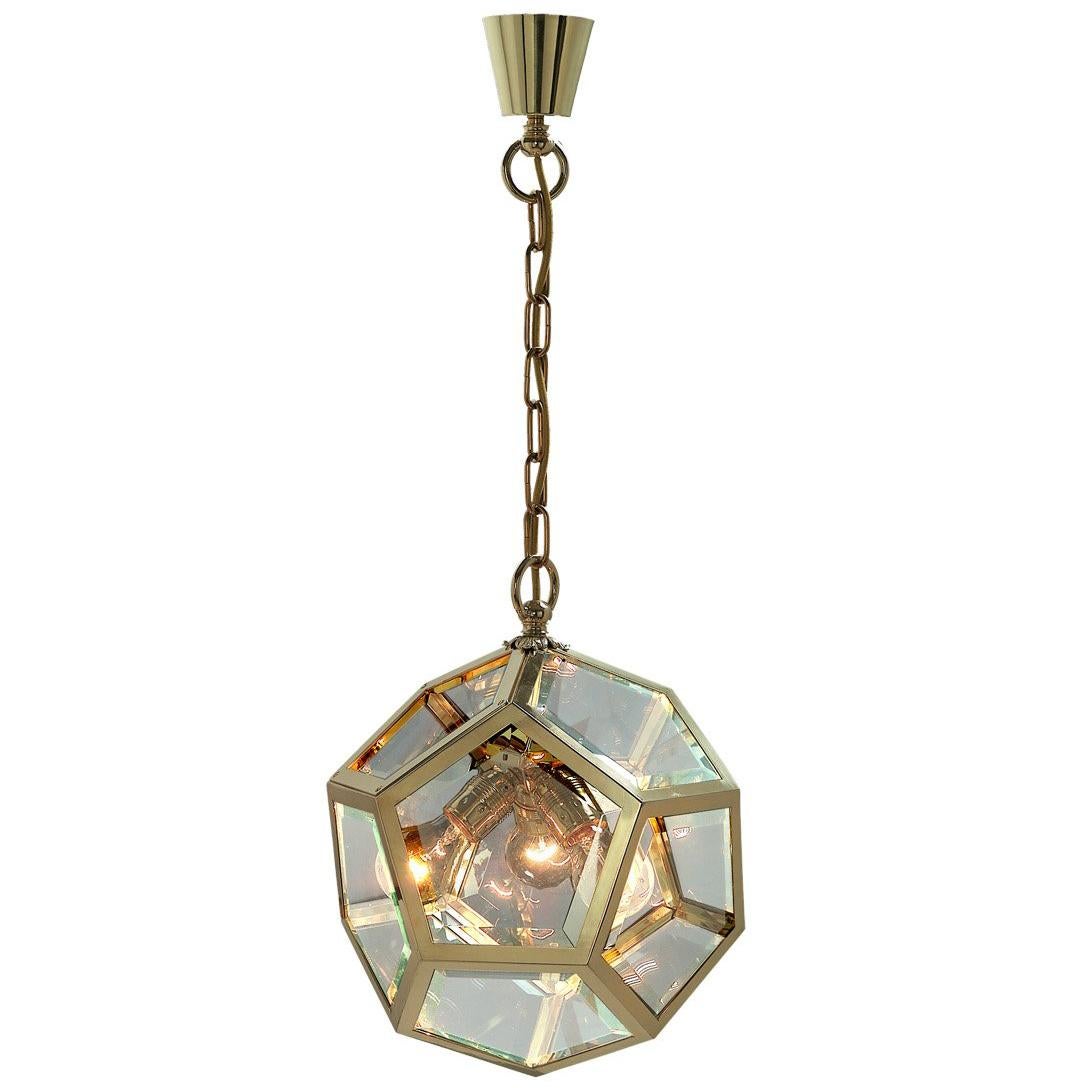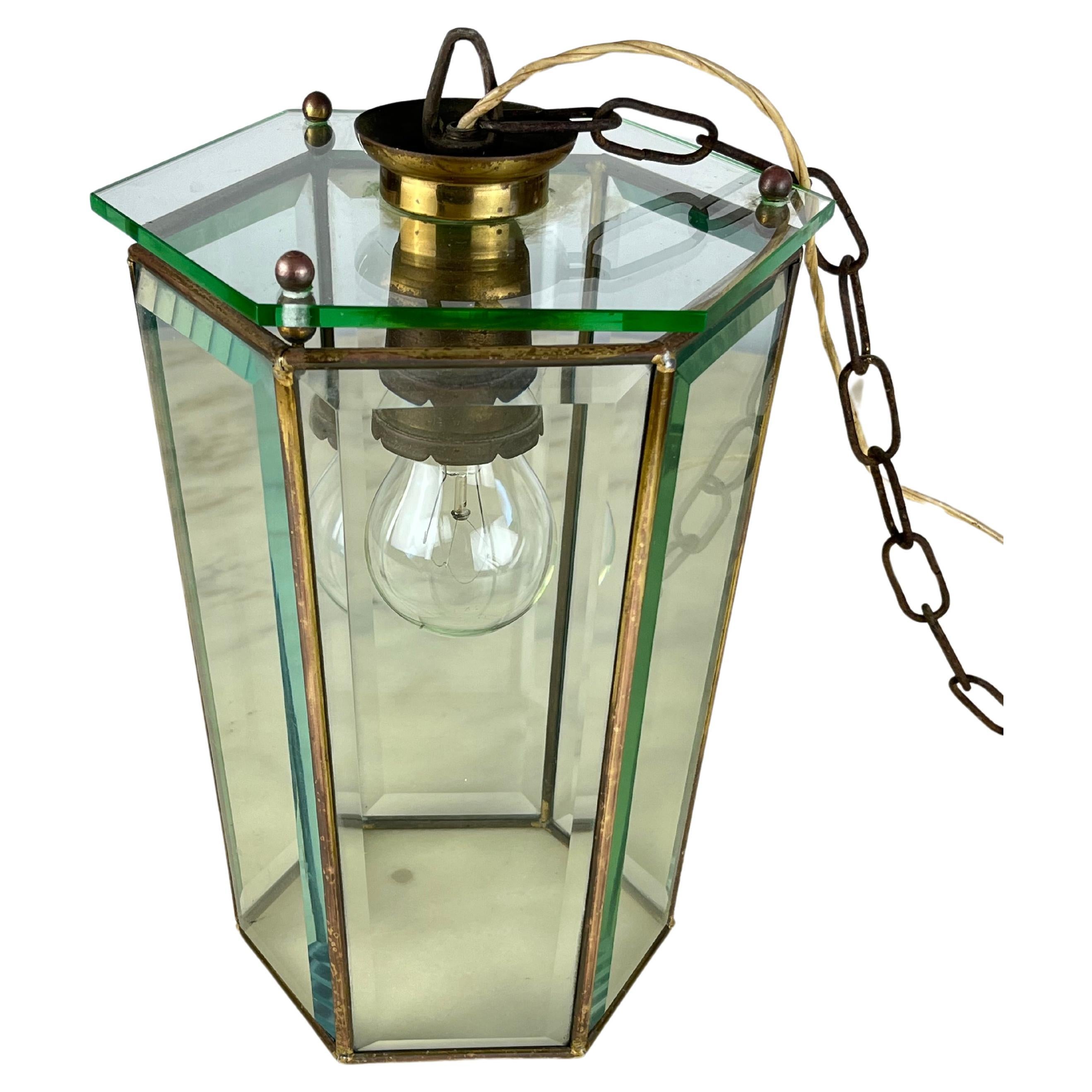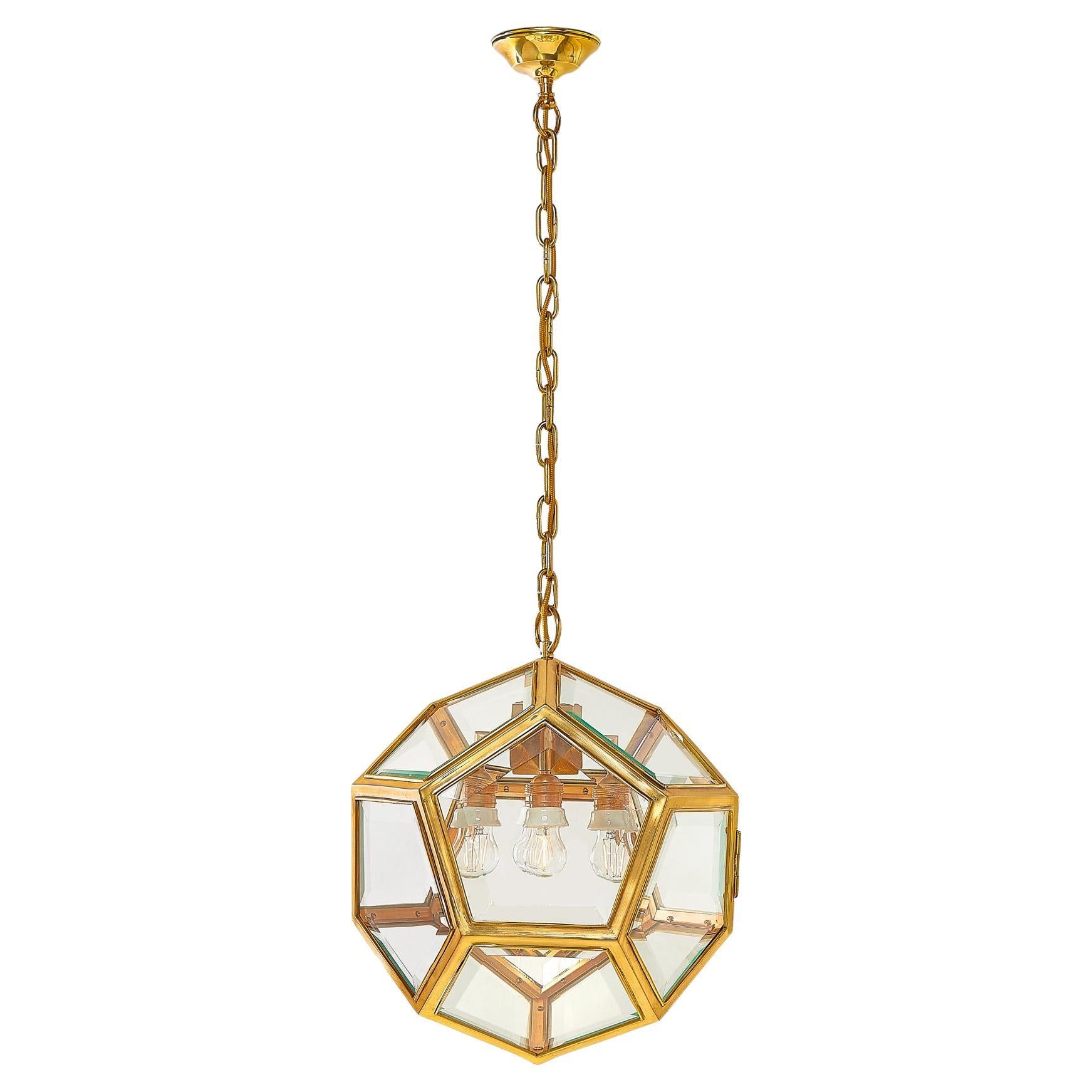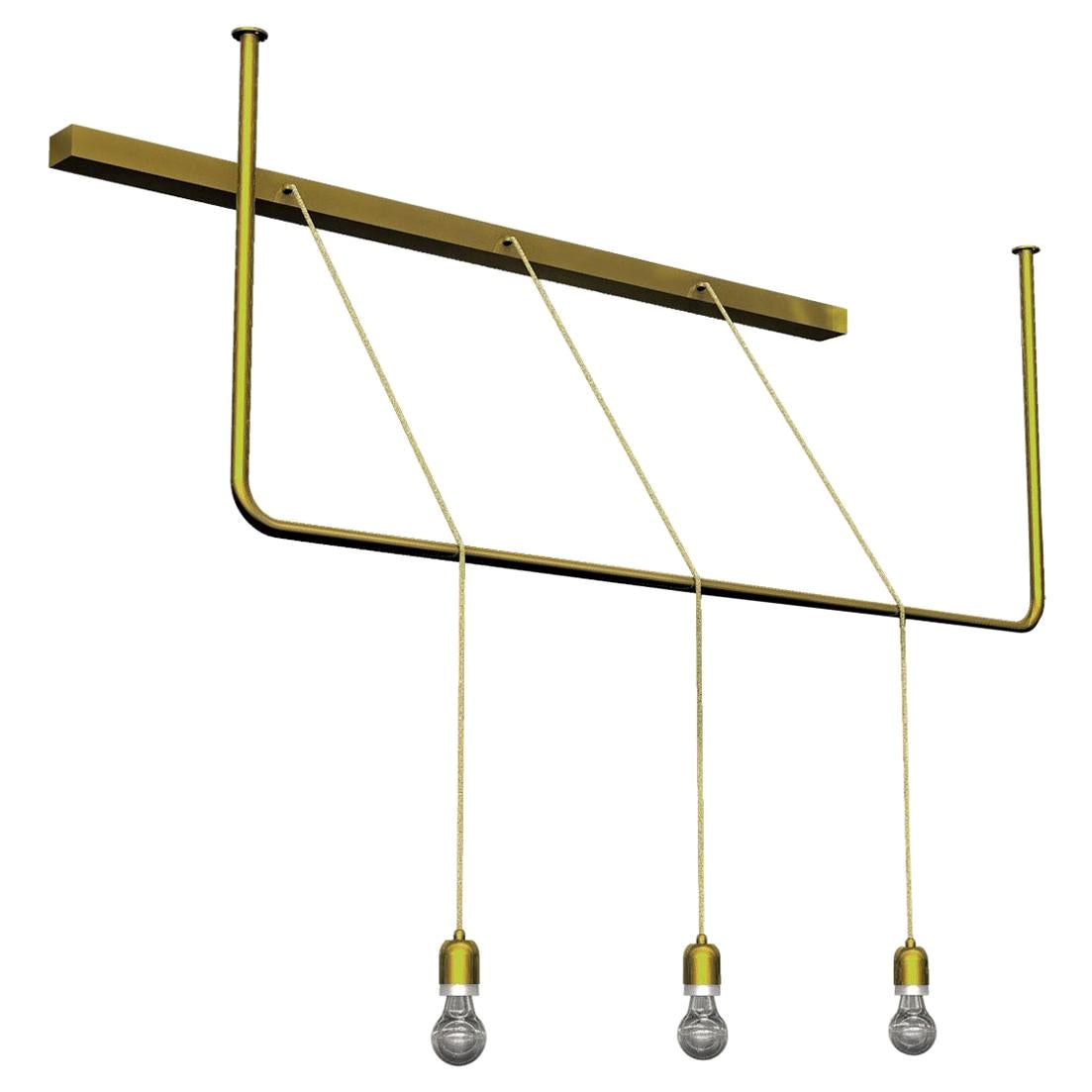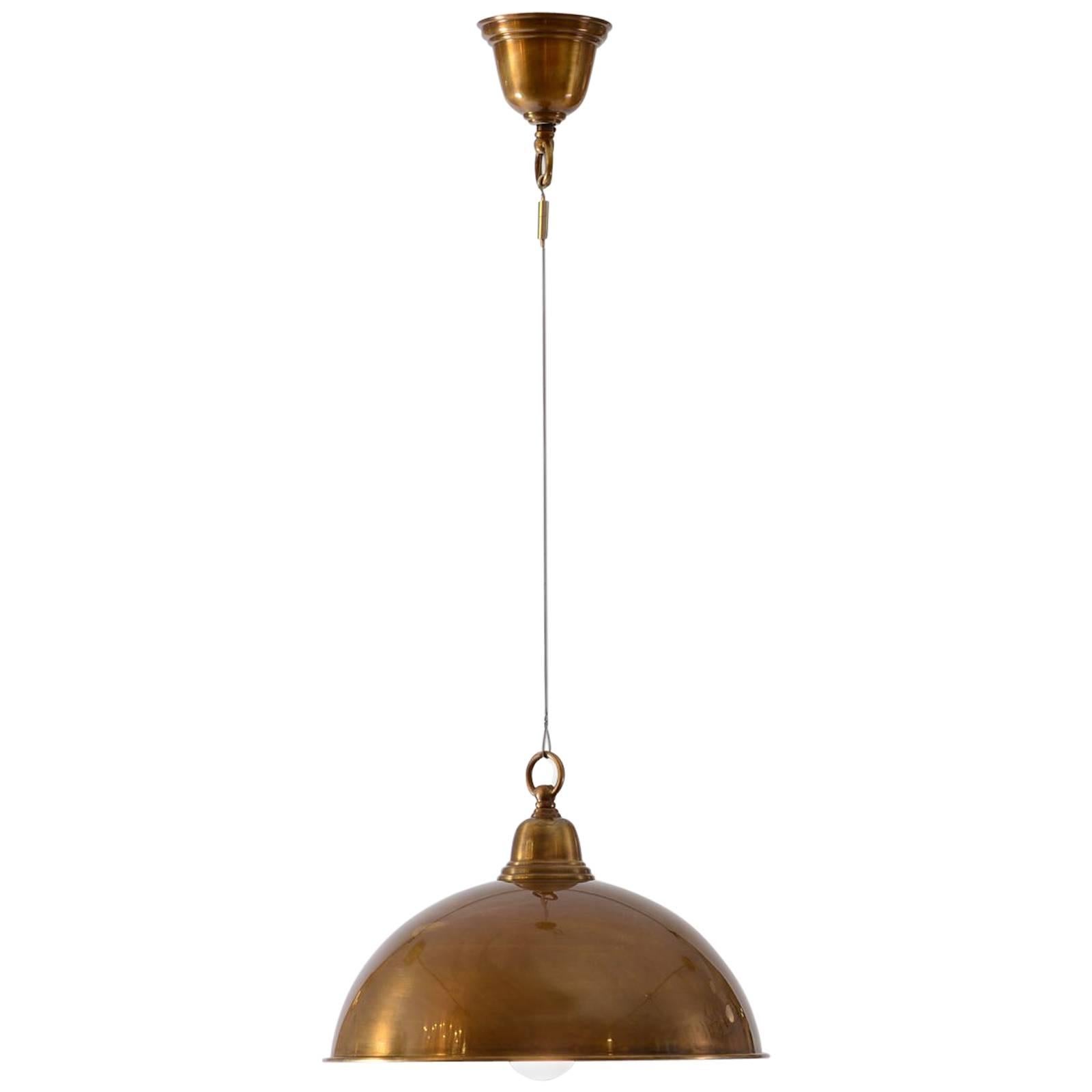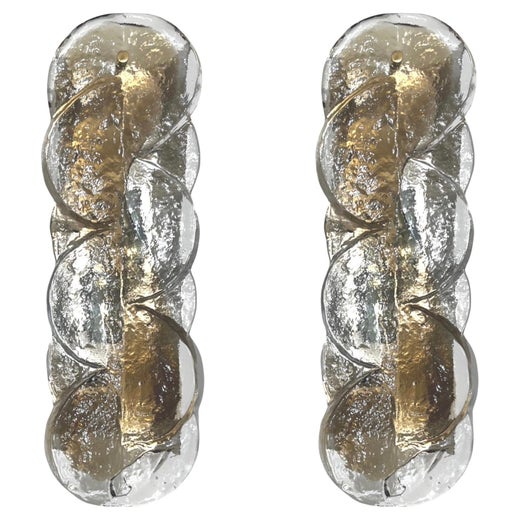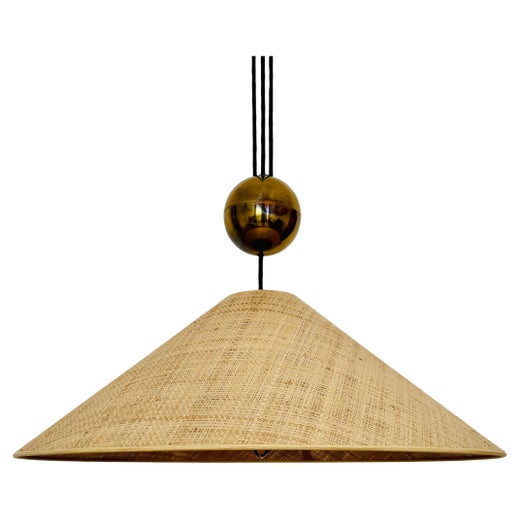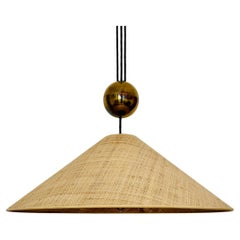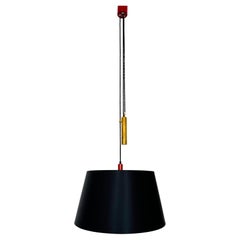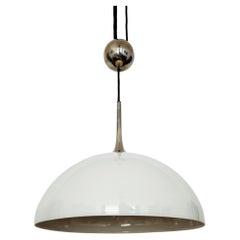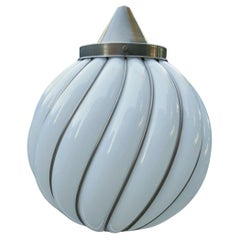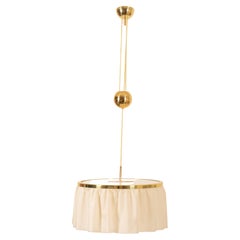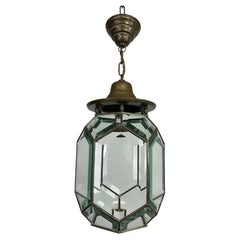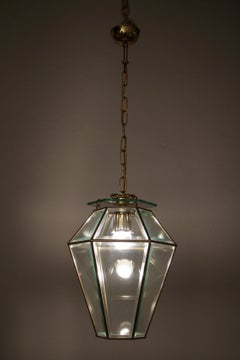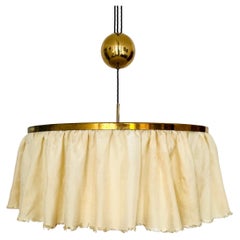
Amazing Large Pendant Lamp by Adolf Loos for Kalmar
View Similar Items
Amazing Large Pendant Lamp by Adolf Loos for Kalmar
About the Item
- Creator:Adolf Loos (Maker),Kalmar Lighting (Maker)
- Similar to:Josef Hoffmann (Maker)Wiener Werkstätte (Maker)Florian Schulz (Designer)
- Dimensions:Height: 61.03 in (155 cm)Diameter: 22.45 in (57 cm)
- Power Source:Hardwired
- Voltage:110-150v,220-240v
- Lampshade:Included
- Style:Mid-Century Modern (In the Style Of)
- Materials and Techniques:
- Place of Origin:
- Period:
- Date of Manufacture:1950
- Condition:Rewired: New cord. Replacements made: New plexiglass top. Wear consistent with age and use. Minor losses.
- Seller Location:München, DE
- Reference Number:1stDibs: LU7970243264632
Kalmar Lighting
In 1881, Julius August Kalmar founded Kalmar, a Viennese company that produced handcrafted objects of cast bronze. Kalmar developed a fine reputation and exhibited internationally often, but it was Kalmar’s son, Julius Theodor Kalmar, who took over in 1913 and made the company shine with its modernist lighting.
Having studied at the Birmingham School of Art and Design and under the Austrian architect Josef Hoffmann at the Vienna School of Applied Arts, Julius was deeply inspired by the shift to modernity taking place in Europe and sought to work with the leading architects and designers of his time, including Austrian Werkbund architects Josef Frank and Oskar Wlach as well as Ernst Plischke, Clemens Holzmeister and Oswald Haerdtl. Similar to the Wiener Werkstätte cooperative cofounded by Hoffmann that prized materials, form and function, Kalmar viewed his company’s lighting fixtures as “quite humble things” meant to “fit in and serve their purpose of functionally illuminating spaces without glare.”
In 1925, Kalmar began selling in Haus und Garten, the forward-looking decor shop founded by Frank and Wlach. By 1931, a close partnership with the Austrian Werkbund association of architects, artists and craftsmen allowed the company to realize its vision of early 20th-century modernity — a distinctly Viennese pairing of traditional workmanship with contemporary technology. These collaborations included chandeliers and other fixtures using traditional materials such as glass, bronze and brass while focusing on function over ornamentation. As the company grew, so too did the scope of its projects, and soon Kalmar was installing extravagant chandeliers for the Vienna Opera, the Burgtheater, Vienna stock exchange and other sites.
Under the guidance of Rudolf Calice, Julius Theodor Kalmar’s son-in-law, the 1960s saw Kalmar’s popularity grow, thanks in part to the success of more decorative pieces like the ice-glass fixtures created with Austrian sculptor Karl Gruber. Thomas Calice, the great-grandson of Kalmar’s founder, led the company in the 1990s and its expansion to international lighting projects while shifting away from serial production. In 2009, Thomas’s son August Chalice established Kalmar Werkstätten to produce fixtures that reference the Kalmar archives but also feature updates on the iconic designs. Kalmar continues to produce bespoke fixtures while also working on custom lighting projects around the world, from cruise ships to the Burj Khalifa.
On 1stDibs, find a collection of vintage Kalmar lighting that includes wall lights, floor lamps and other fixtures.
Adolf Loos
Essentially dubbed the Frank Llyoyd Wright of Europe by Wright himself, Adolf Loos possessed a talent for architecture and interior design as potent as his outspoken criticism of Art Nouveau and excessive ornamentation. A forerunner of the International Style, Loos exercised immense restraint in his building projects as well as his designs for chairs, tables, storage pieces and other furniture, and wrote prolifically on his disdain for taking a decorative approach to architecture.
The son of a stonemason and sculptor, Loos was born in 1870 in what is now Brno in the Czech Republic. He studied architecture in Dresden in 1889, completed a year of military service and moved to the United States by 1893. He visited the World’s Columbian Exposition in Chicago and came to appreciate the American approach to design over his three-year stay before returning to Vienna.
An avid proponent of simplicity, Loos hated fluff above all else. In his best known essay, “Ornament and Crime,” he states “the evolution of culture is synonymous with the removal of ornamentation from objects of everyday use” — a principle evident in both his architectural work and furniture. His writing was profoundly influential for practitioners of the International Style that would emerge later as well as the likes of prolific Swiss-born French architect and modernist prophet Le Corbusier.
Loos challenged the prevailing architecture and decorating styles of his time, and disliked the ornate work associated with the Vienna Secession and Gesamtkunstwerk — the concept of a house as total work of art — an ideal pursued by a collective born from the Secession called the Wiener Werkstätte. To Loos, design should prioritize function, and any ornamentation devoid of a structural purpose was childish and unnecessary.
Loos’s furniture — alongside the work of fellow Austrian architect Josef Hoffman — was the subject of an exhibition at the Museum of Applied Arts in 2014. His architecture projects, including the Viennese Goldman and Salatsch building, the Austrian Steiner House and the Villa Müller in Prague, are celebrated by design enthusiasts all over the world.
Find vintage Adolf Loos seating, lighting and other furniture on 1stDibs.
More From This Seller
View AllVintage 1950s Austrian Mid-Century Modern Chandeliers and Pendants
Brass
Vintage 1960s German Mid-Century Modern Chandeliers and Pendants
Metal
Vintage 1960s Austrian Mid-Century Modern Chandeliers and Pendants
Metal
Vintage 1970s German Mid-Century Modern Chandeliers and Pendants
Metal
2010s Italian Space Age Chandeliers and Pendants
Metal
Vintage 1960s German Mid-Century Modern Chandeliers and Pendants
Metal
You May Also Like
Vintage 1960s Italian Modern Chandeliers and Pendants
Metal
Vintage 1950s Austrian Vienna Secession Chandeliers and Pendants
Brass
Antique Early 1900s Austrian Jugendstil Chandeliers and Pendants
Brass
Vintage 1950s European Mid-Century Modern Chandeliers and Pendants
Brass
Antique Early 19th Century Austrian Art Nouveau Chandeliers and Pendants
Brass
2010s Austrian Jugendstil Chandeliers and Pendants
Brass
